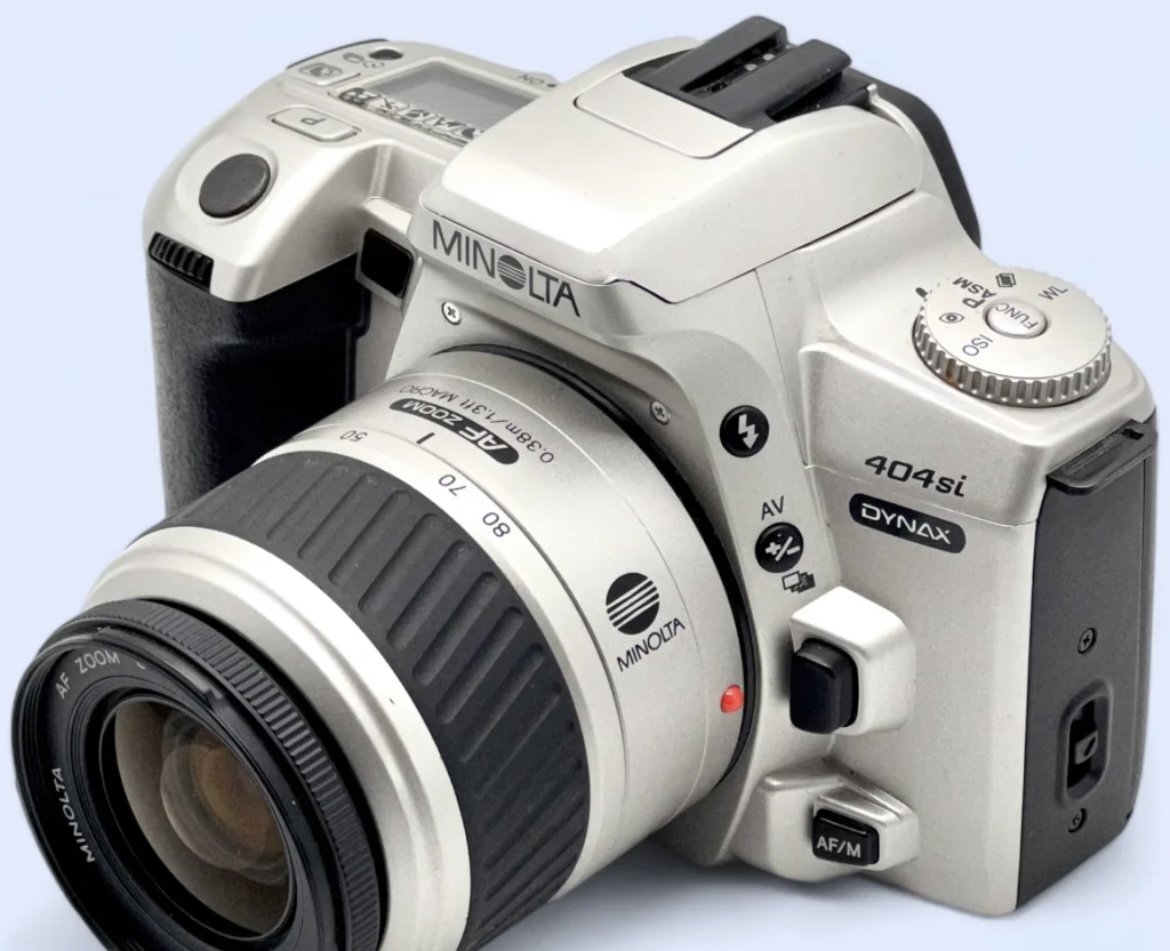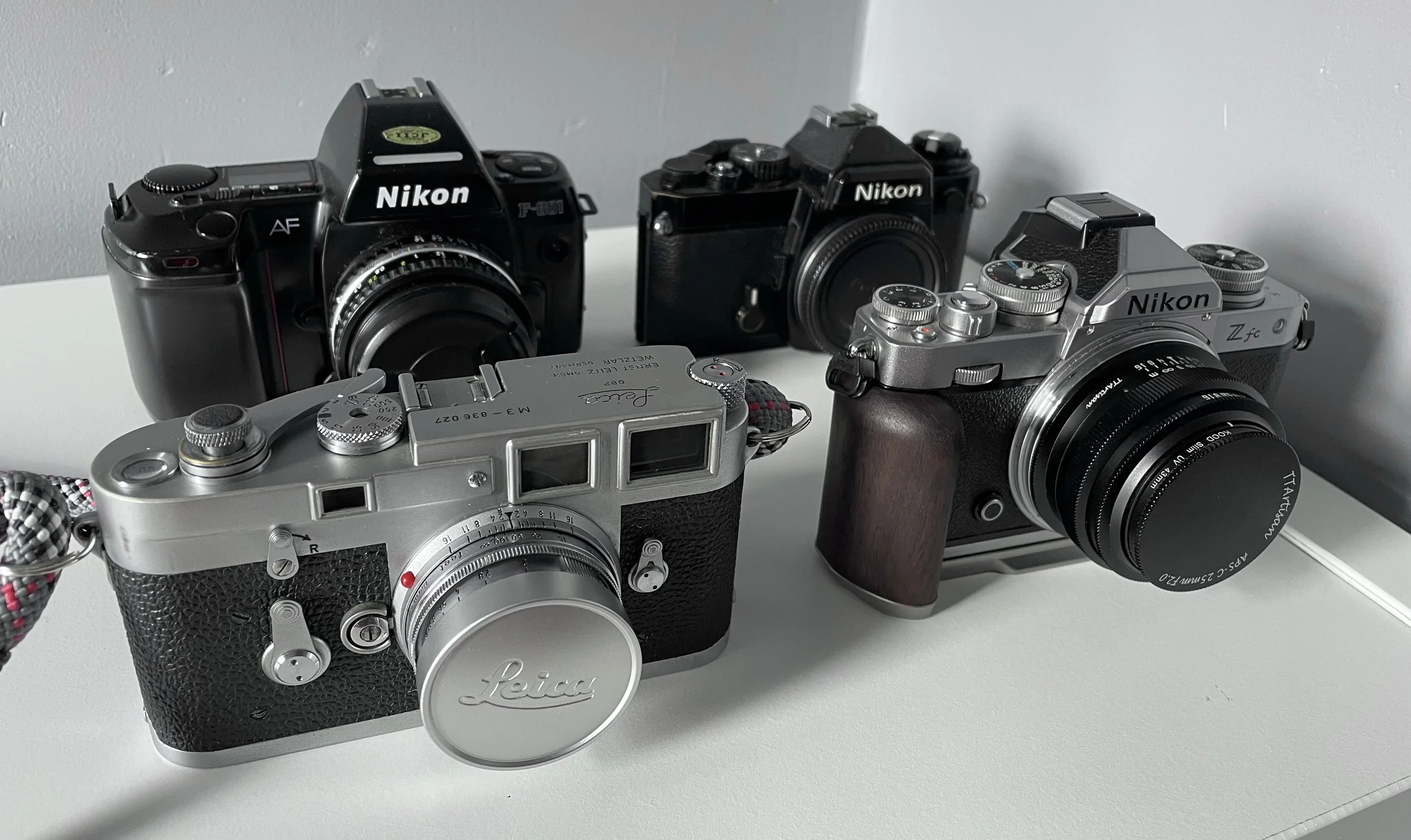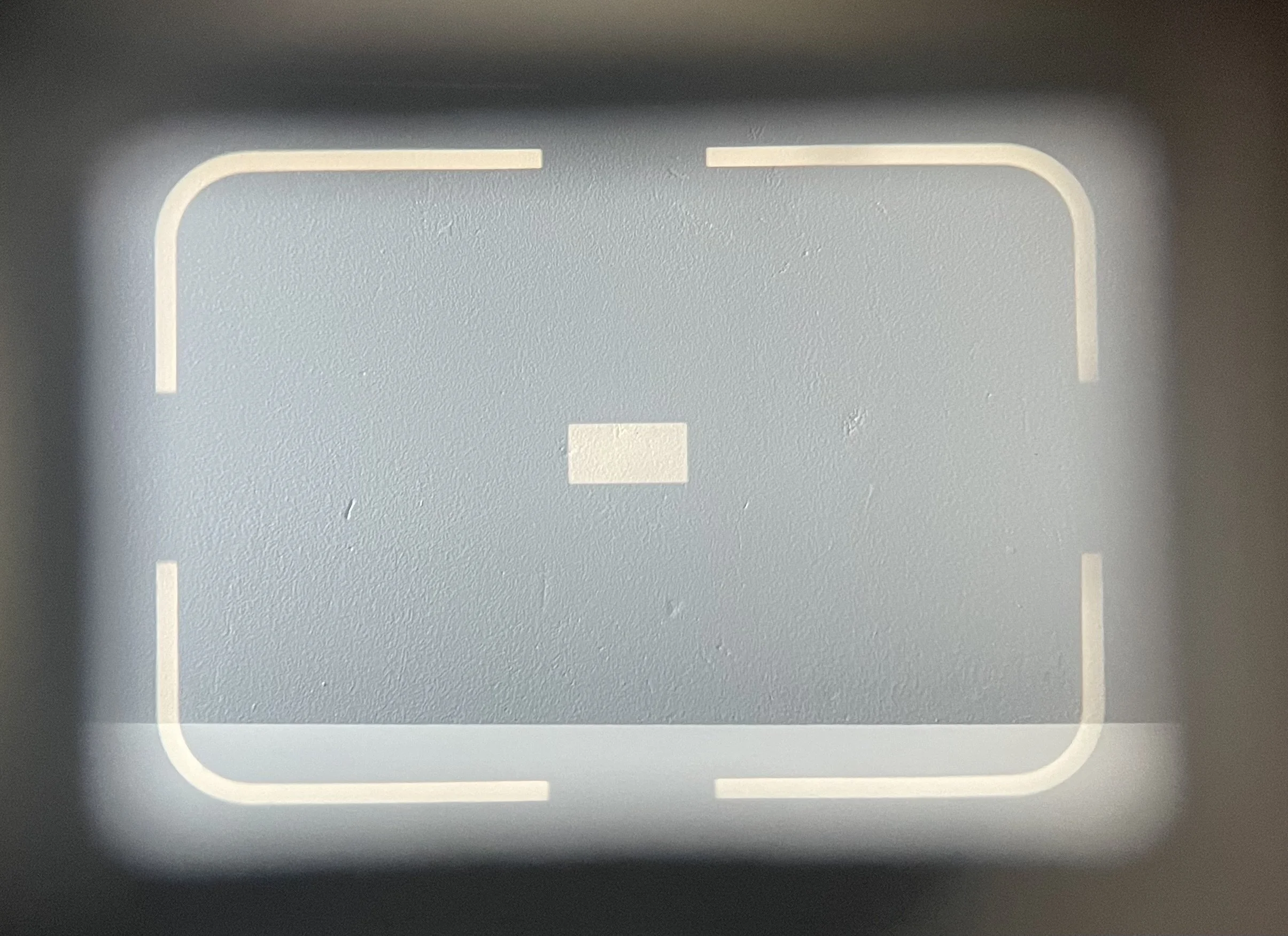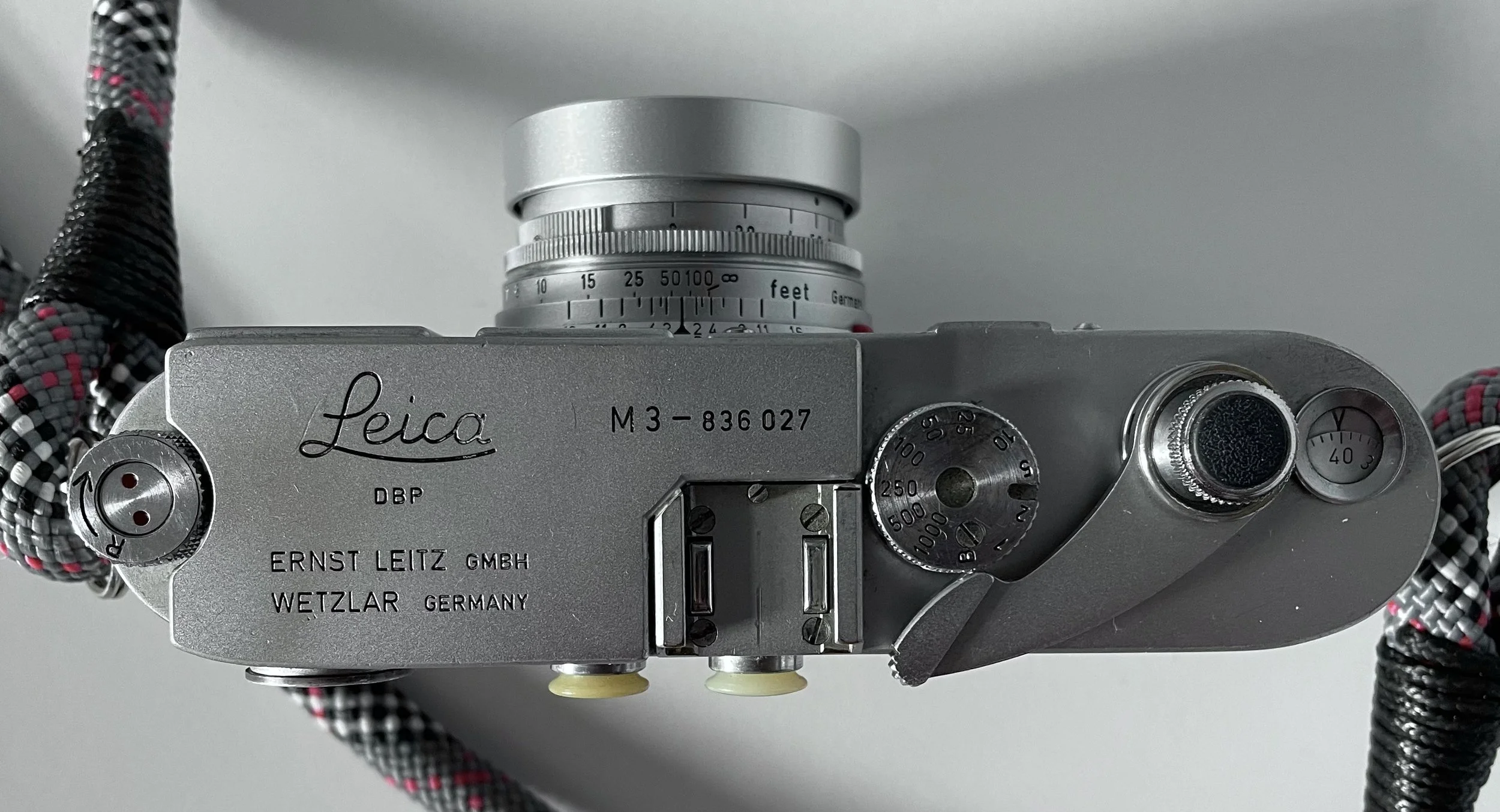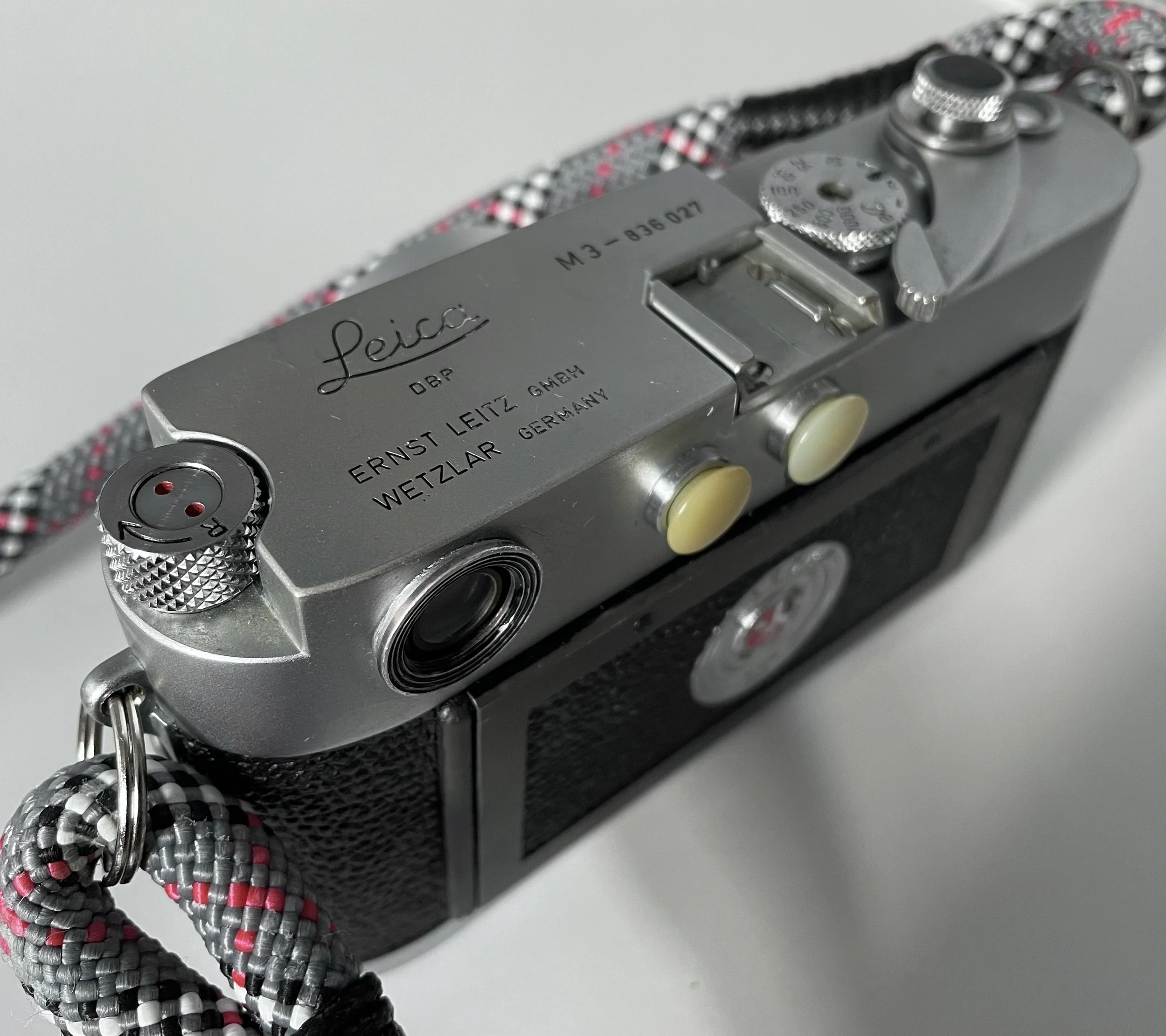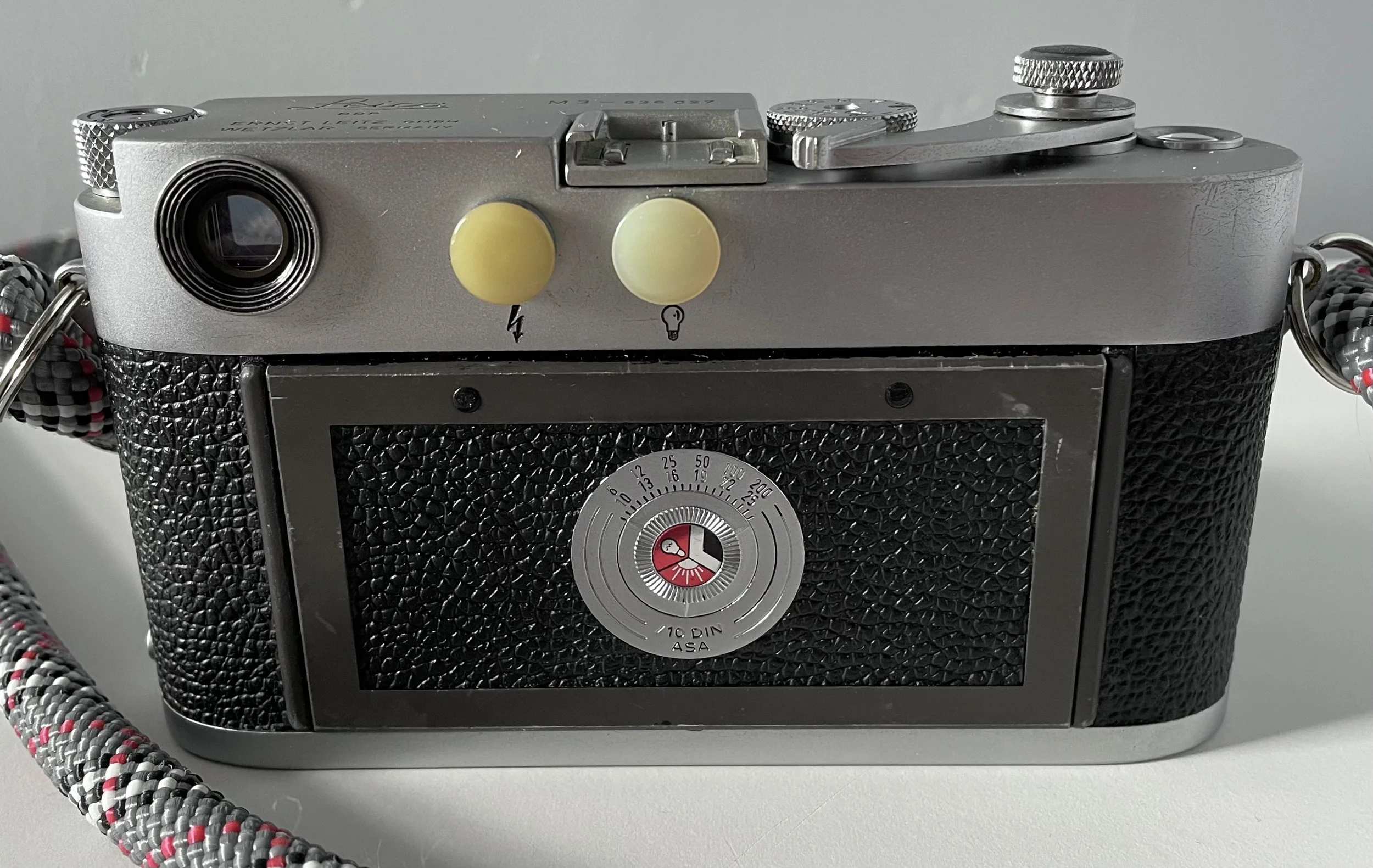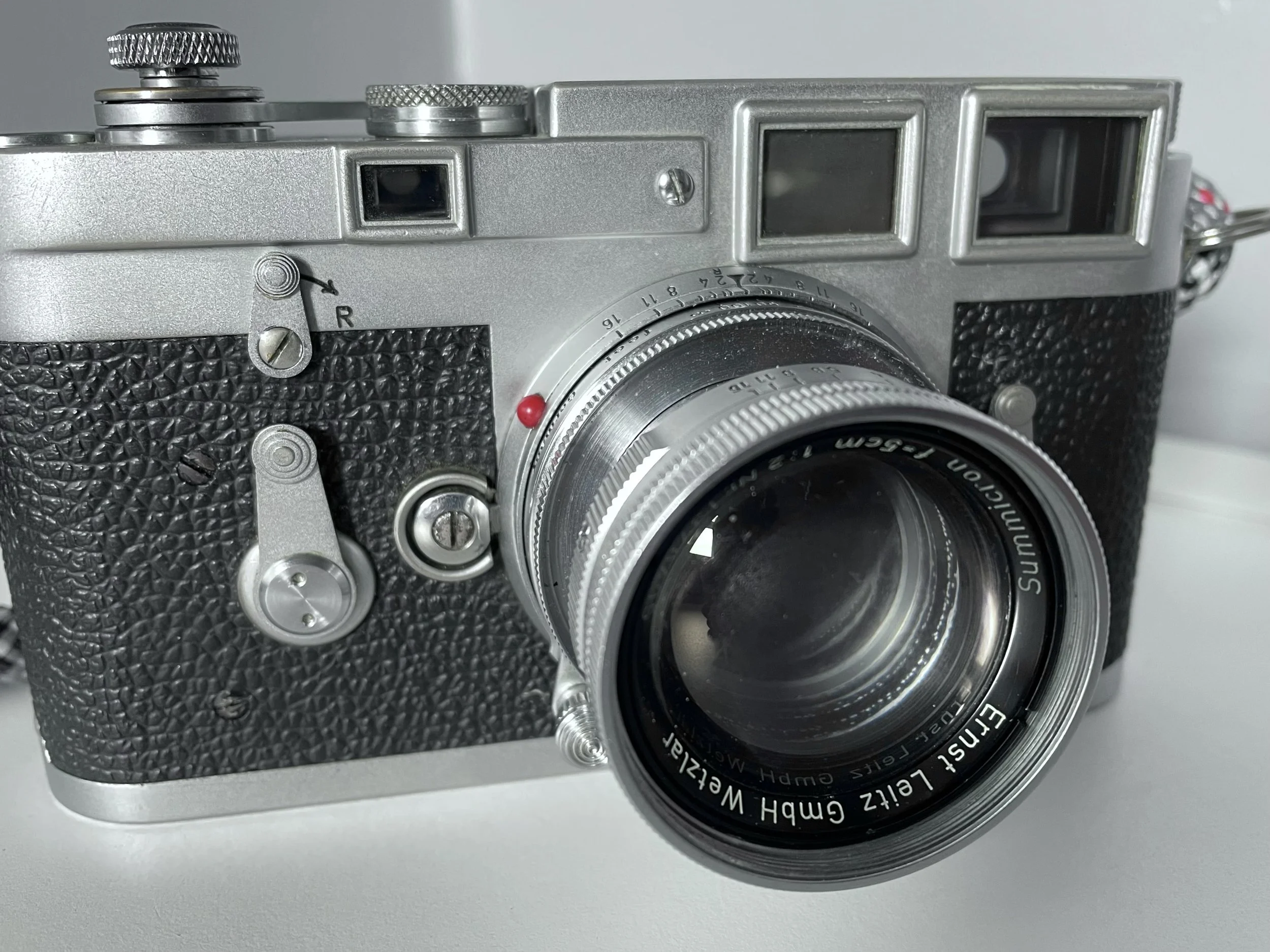I Bought a Leica M3
In this post, I'll be talking about the pros and cons of the Leica M3. Why some regard it as the best Leica M camera ever made and why I just bought one.
Film & Digital
I started photography as a hobby in the mid-1990s, about 15 years before digital cameras became a viable alternative to film for most people. I remember purchasing my first camera, a Minolta 404Si, from a local electronics shop using a combination of saved pocket money and some help from my parents.
Having started photography in the pre-digital era, I've always tried to stay connected to both film and digital photography. While I appreciate the convenience of digital, there's something enjoyable about shooting a roll of film from time to time.
I have a small collection of film cameras for when I'm not using my digital option, a Nikon Zfc. This includes a Nikon FE, a Nikon F-801, a 6x6 folding camera, and a Holga.
Why Choose an M3 - The Pros & Cons
Recently, I felt an urge to add a Leica to my collection once again. In the past, Ive owned several Leicas, including two versions of the M6: one silver chrome TTL and one classic black chrome. I also had an M3 but ended up selling these cameras as the second-hand prices continued to skyrocket, and I wanted to avoid them becoming expensive dust collectors.
Now, I'm eager to add another Leica M3 to my lineup. The M3 was the first Leica M system camera ever produced and is my favourite among all the Leicas I’ve owned. Although I can’t speak for all the other Leica M models since I haven’t used them all, the M3 felt better crafted and more refined than the M6 models I previously owned. The viewfinder on the M3 is a joy to use-especially if you are a 50mm shooter. It’s brighter than the M6, has a larger rangefinder patch, and when paired with a 50mm lens, utilises almost all of the viewfinder. It has framelines for 50, 90 and 135mm lenses, which is where the name M3 comes from, not because it followed the M1 and M2, both of which were produced after the M3
The M3 is constructed from solid machined brass, in contrast to later models that incorporated magnesium alloy. It also contains more metal internal parts compared to later models, where ways were sought to reduce manufacturing costs. You could say that the M3 was over-engineered.
Despite its superior build quality, the M3 offers good value in the used Leica market. The lack of a built-in light meter tends to deter many photographers, contributing to lower prices for the M3. While the film rewind lever on the M3 makes winding the film back into the canister a slightly slower process—just a few seconds longer—it has a more attractive design than the rewind lever on later models. Additionally, the M3 features a single-piece film advance lever that feels more refined than the two-piece model found on later versions. My particular camera has a double stroke advance mechanism, meaning you would advance the lever twice, once to cock the shutter and again to advance the film. This type of advance lever remained in production until around the serial number 900,000. In total around 250,000 M3s were made.
The quick-load system of later models certainly makes loading film faster and eliminates the risk of losing the removable take-up spool that comes with the M3. In that regard, the M3 is at a disadvantage. However, that hasn't deterred me from wanting to own another M3. I imagine that the more often you load the camera, the quicker you become at it. The best method seems to be the one used by Garry Winogrand, where he would invert the camera against his chest, place the bottom plate in his shirt pocket, and load the film with the camera around his neck and both hands free.
I also appreciate the subtle and minimal branding of the M3, which features just a script on the top plate, unlike the M5 and M6 models where Leica went a bit overboard with branding in the 1980s.
Tracing the Camera
The M3 I bought is an early example, with a serial number M 3 - 836 027, dating it to 1956, the third year of M3 production. The Buddha-shaped, rivet attached strap lugs, also identify it as an early model. These strap lugs would eventually be replaced by a more rounded one that was glued into the chassis instead of being riveted.
You can trace your Leica serial number here.
- Stephen Gandy's CameraQuest
Leica Serial Numbers: M's Sorted by Type
https://www.cameraquest.com/mtype.htm
Choosing a Lens
Since I didn't have any compatible lenses, I also looked for some Leica glass to pair with the camera. I decided to pair it with a first-generation collapsible Leica Summicron f/2 lens to complete the 1950s feel of the setup. The one I bought isn’t in the best condition; some overly enthusiastic cleaning on the front element has left quite a few marks that will likely reduce contrast. However, this doesn't bother me too much, as I wanted to avoid a tack-sharp and clinical modern look in the images I make with this camera, preferring instead a lens with a bit more character. The proof will be in the pudding when I get my first roll of film back I guess.
I'll write an update and post some images from my first roll of film through the camera in the coming weeks. Fingers crossed for no light leaks.
Thanks for reading!

